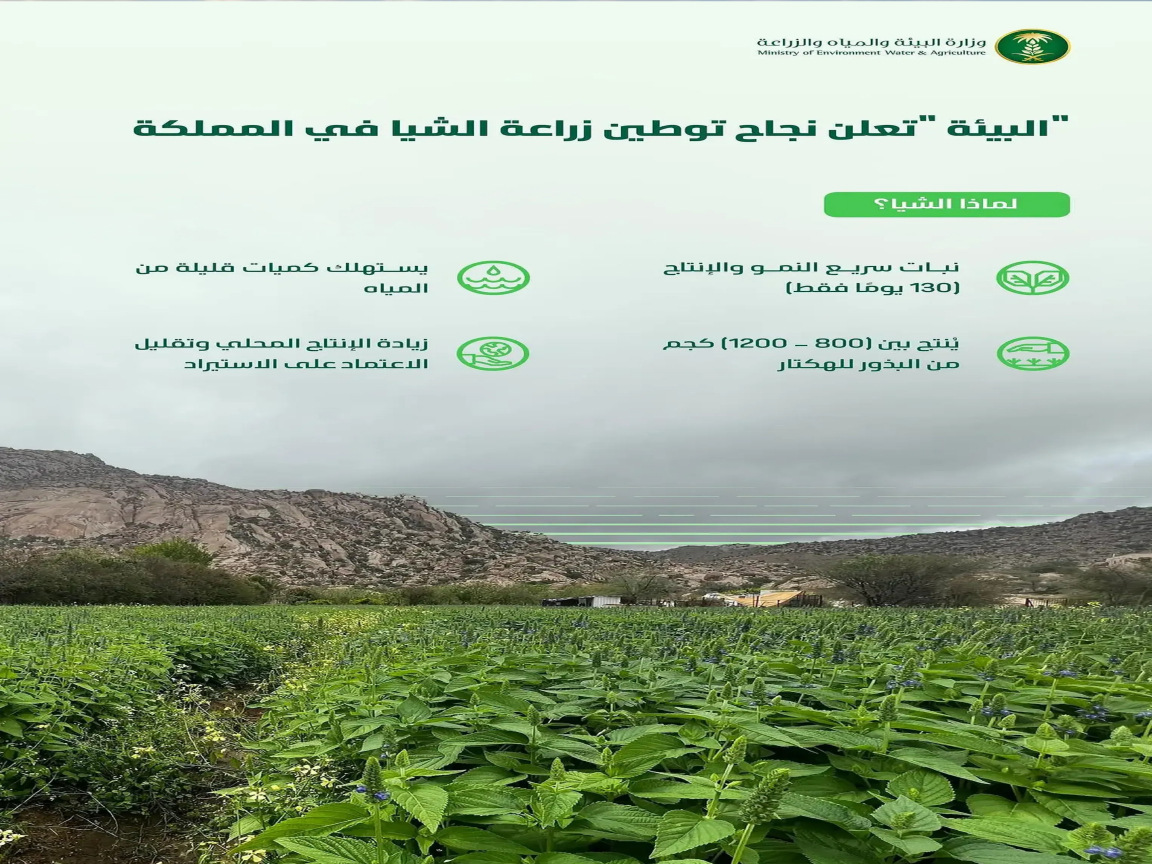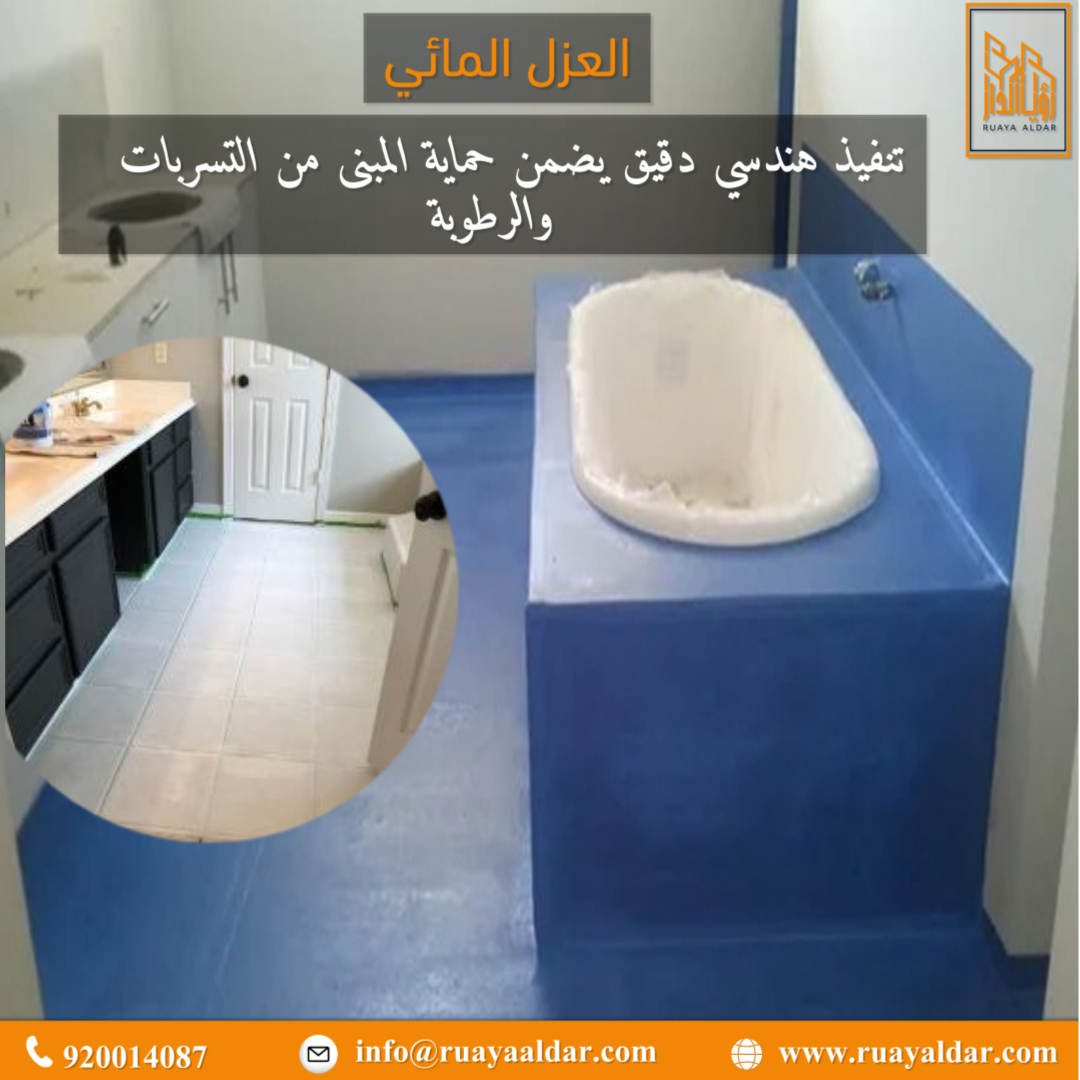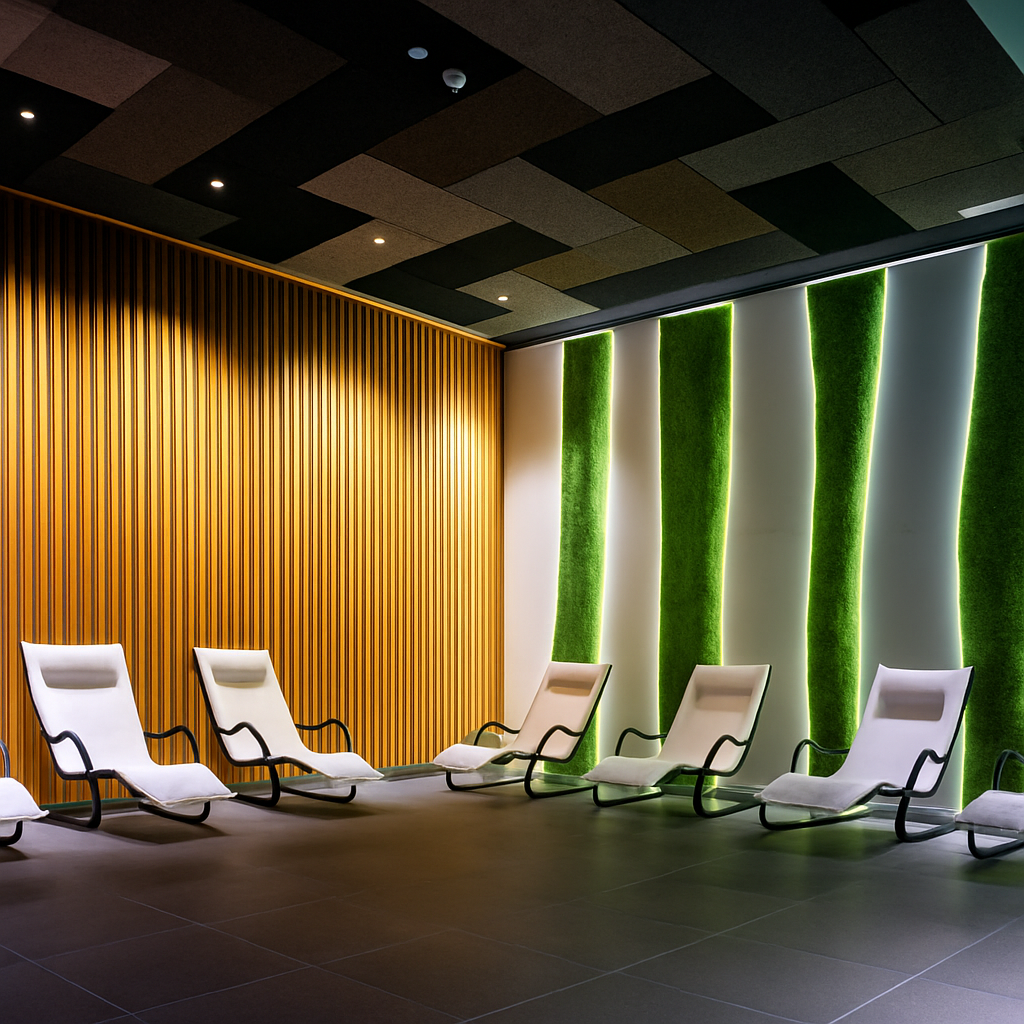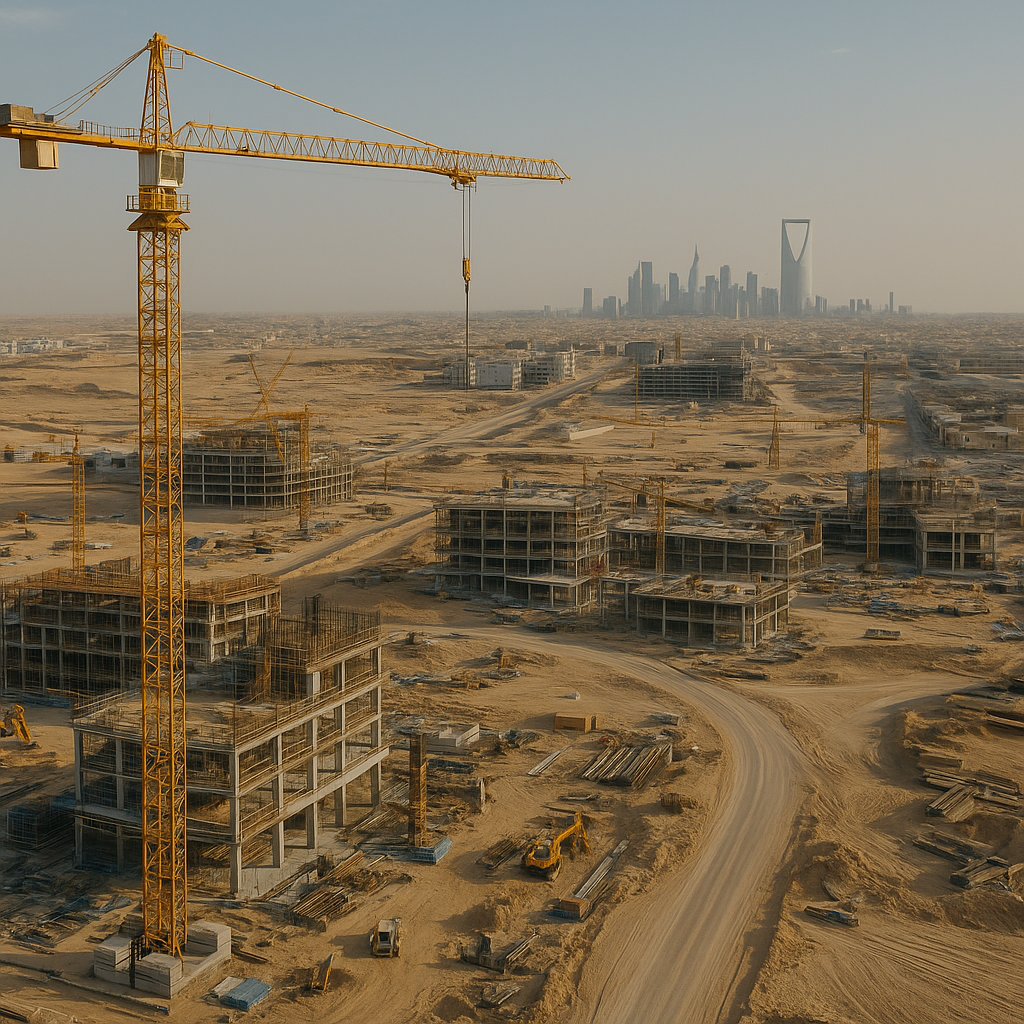
Localizing Chia Cultivation in the Kingdom: A Step Towards Agricultural Sustainability and Food Security
The Ministry of Environment, Water, and Agriculture has announced the successful localization of chia cultivation in several regions with relative advantages in the Kingdom, particularly in the Makkah region. This achievement aligns with ongoing efforts to develop the agricultural sector by introducing new crops that adapt to local climatic conditions, thereby enhancing food security and environmental sustainability in the Kingdom.
Chia Plant: Characteristics and Benefits
The chia plant belongs to the mint family and originates from Central America. It is an evergreen plant with serrated leaves and small flowers that vary in color from purple to white. With a high pollination rate, the plant grows up to one meter in height, and its yield per hectare ranges between 800 to 1,200 kg of chia seeds. This non-traditional crop is fast-growing, requiring approximately 130 days in the soil with low water consumption, making it a sustainable agricultural option.
Ministry’s Support for Chia Cultivation
The Ministry of Environment, Water, and Agriculture has been keen to support chia cultivation in suitable regions through promising programs and initiatives, such as the "Saudi Reef" program. This initiative empowers and supports farmers in growing high-value crops, contributing to the Kingdom’s self-sufficiency in agricultural products, in line with the objectives of Saudi Vision 2030.
Chia’s Adaptation to Saudi Arabia’s Climate
Field experiments have proven the successful cultivation of chia in the Kingdom, as the plant has adapted well to warm climates, thriving in temperatures ranging between 15-30°C. A pilot cultivation project was implemented in Taif, Makkah region, covering an area of 100 meters in length and 70 meters in width. This sets the stage for expanding its cultivation and increasing local production.
Economic and Industrial Value of Chia
Chia’s benefits extend beyond agriculture to various industrial applications, including food and beverage production, cosmetics, and natural oils, making it a promising crop with significant economic returns. It is cultivated using fully decomposed organic fertilizers at a rate of 30 cubic meters per hectare, along with integrated chemical fertilization, ensuring high efficiency and quality production.
Towards a Sustainable Agricultural Future
The successful localization of chia cultivation in the Kingdom marks an important step towards enhancing agricultural sustainability, increasing local production, and supporting self-sufficiency, in line with Saudi Vision 2030. This initiative is expected to contribute to diversifying agricultural crops and achieving further advancements in sustainable agriculture in the Kingdom.




